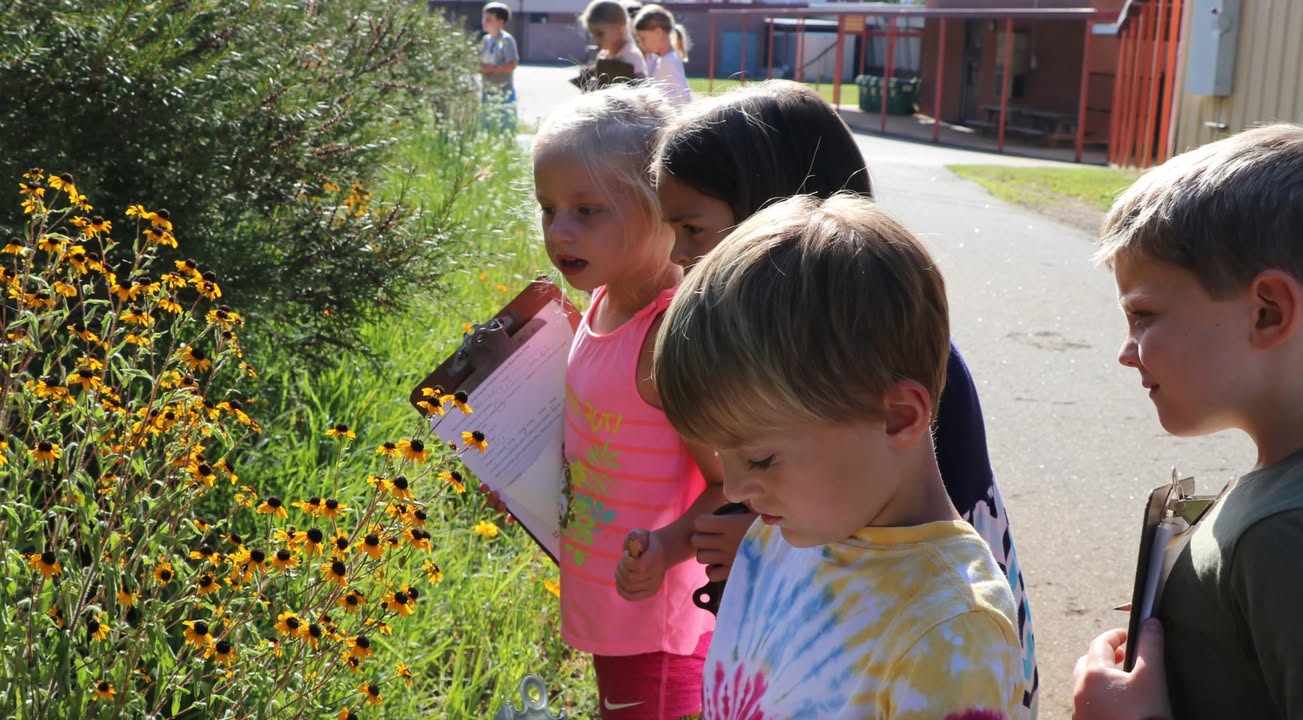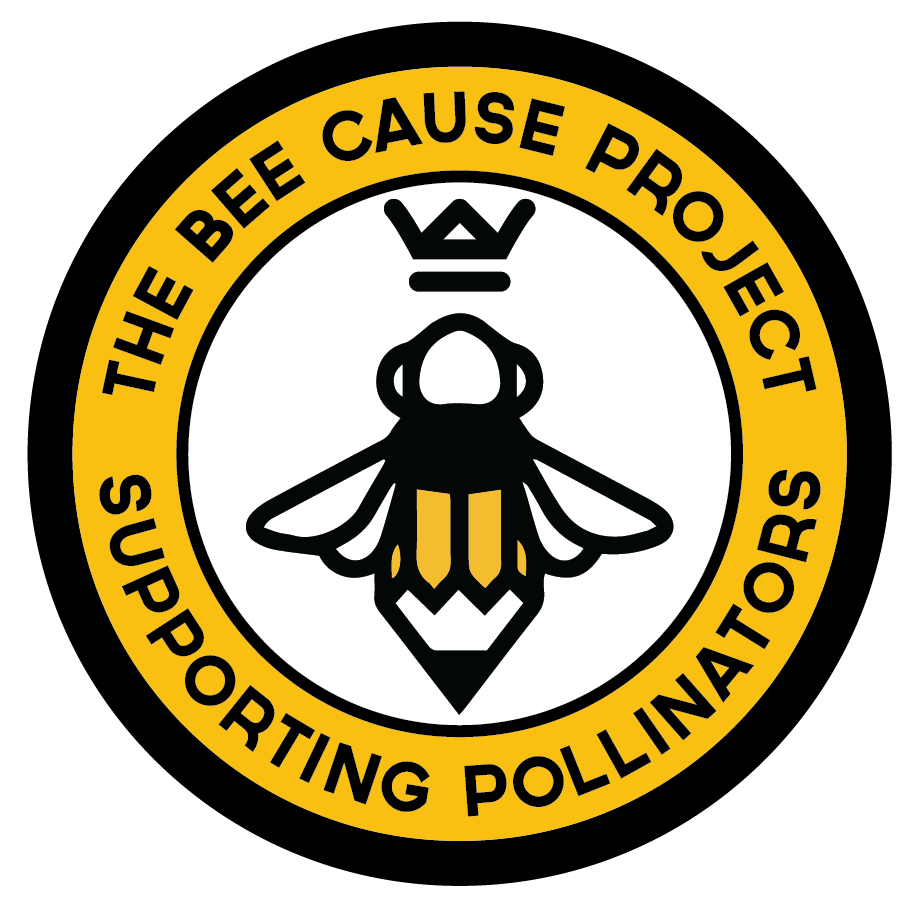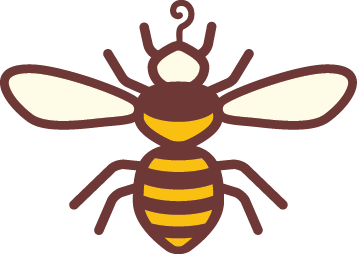Counting for Conservation: Becky’s Pollinator Census and the Future of Bee Grants

It started with a simple question: how can we help more people notice the pollinators in their own backyards?
That question sparked a movement – and Bee Cause Project board member Becky Griffin has been at the heart of it from the beginning. As the Community and School Garden Coordinator with the University of Georgia Extension, Becky launched what is now one of the Southeast’s most successful community science initiatives: the Great Southeast Pollinator Census.
Now entering its seventh year, the Census has grown beyond its Georgia roots to include Florida, North Carolina, South Carolina, and – new this year – Alabama. The concept is simple: every August, participants spend 15 minutes counting pollinators on blooming plants. But the impact? It’s anything but small.
To date, the project has helped create over 3,000 sustainable pollinator spaces and inspired participation from students, teachers, families, master gardeners, conservation groups – even partners like the Georgia Aquarium. The Census offers not only a chance to collect valuable data, but also to build a lasting connection between people and pollinators.
“Most first-time participants are amazed,” Griffin said. “They’ve worked in their gardens for years but never really stopped to watch. That moment of awareness and connection – that’s where it all begins.”
The Census also fills a critical gap in pollinator education. Griffin was inspired to start it after meeting educators who felt unprepared to teach about insects. “Many teachers I worked with hadn’t studied entomology in college,” she said. “They were eager to use their school gardens, but didn’t feel confident talking about pollinators. The Census was a way to change that.”
This year, the Census has also inspired something brand new: a children’s book.
The Great Pollinator Count, written by Susan Edwards Richmond and illustrated by Stephanie Fizer Coleman, hit bookshelves on April 15. Published by Peachtree Publishing, the book tells the story of the Census in a way that’s engaging, accessible, and full of wonder for young readers. The project’s journey – from Griffin’s prairie garden to classrooms and pollinator habitats across the region – is brought to life through vibrant illustrations and a message about the power of curiosity and community science.
“The book adds the ‘A’ to STEM, making it STEAM,” said Griffin, referring to the arts and a popular acronym for science, technology, engineering and math education. Griffin often works with schools looking to integrate language arts into their science curriculum – and plans are underway to create lesson plans to accompany the book, helping teachers expand pollinator education across disciplines.
Griffin said the book’s influence is already spreading. The Georgia Farm Bureau is featuring the book as part of its literacy efforts, ensuring copies reach schools across the state. It’s also a part of Florida’s state pollinator education efforts, and it will now be included in select Bee Cause Project Bee Grant kits.
To celebrate the launch, Griffin and Richmond are heading out on a spring book tour across Georgia, visiting schools, bookstores, and gardens. From April 18 through May 1, they’ll be sharing both the story and the science behind the project, inspiring young readers and educators alike.
Meanwhile, preparations are underway for this year’s Census, which takes place August 22–23. Griffin hopes even more communities will join in – especially those supported by our grants and pollinator programs.
“The Bee Cause Project equips educators with everything they need to take part in the Census,” she said. “And the Census gives students a reason to care, to observe, to ask questions. It’s a perfect partnership.”
For anyone wondering how to help pollinators, Griffin offers this advice: plant mostly native flowers, skip the pesticides, and remember that habitat includes food, water, and safe places to nest. “Even a parking median or raised bed in front of a building can become a conservation space,” she said.
As for her favorite pollinator? “The American bumble bee,” she said with a smile. “These bees are amazing pollinators, they show cognitive ability, and they have fun. Watching them tumble through the leaves of a plant or come in for a landing on a flower just makes me smile. Every time.”
Whether you’re a gardener, an educator, or simply someone who loves bees, there’s a way to take part.
Mark your calendar for August 22–23 and get your classroom, garden, or neighborhood ready to count.
👉 Learn more about the Census and how to participate here.
______




